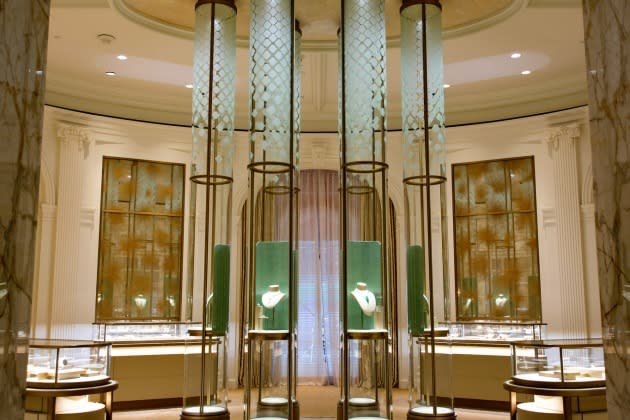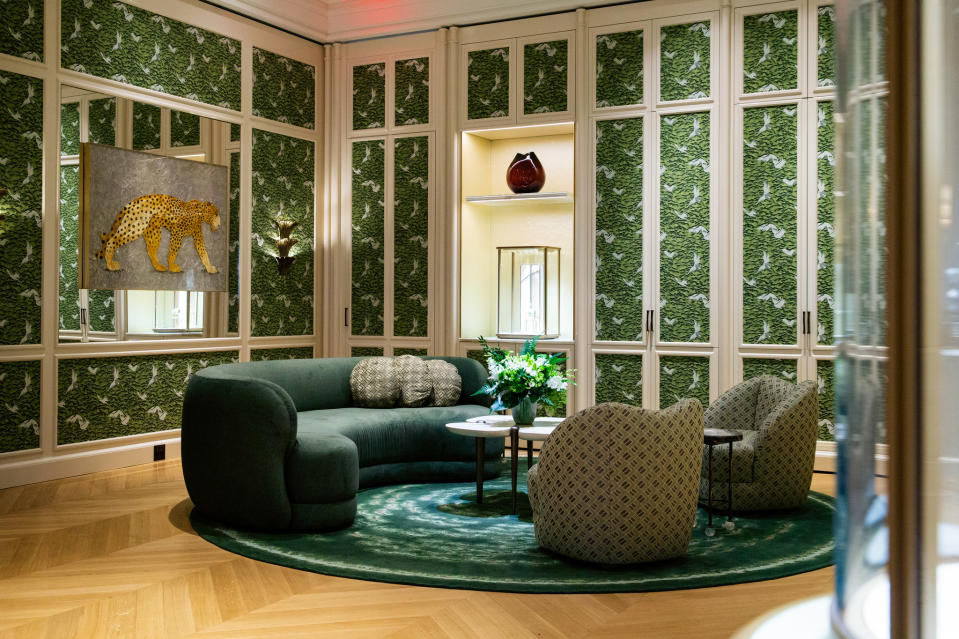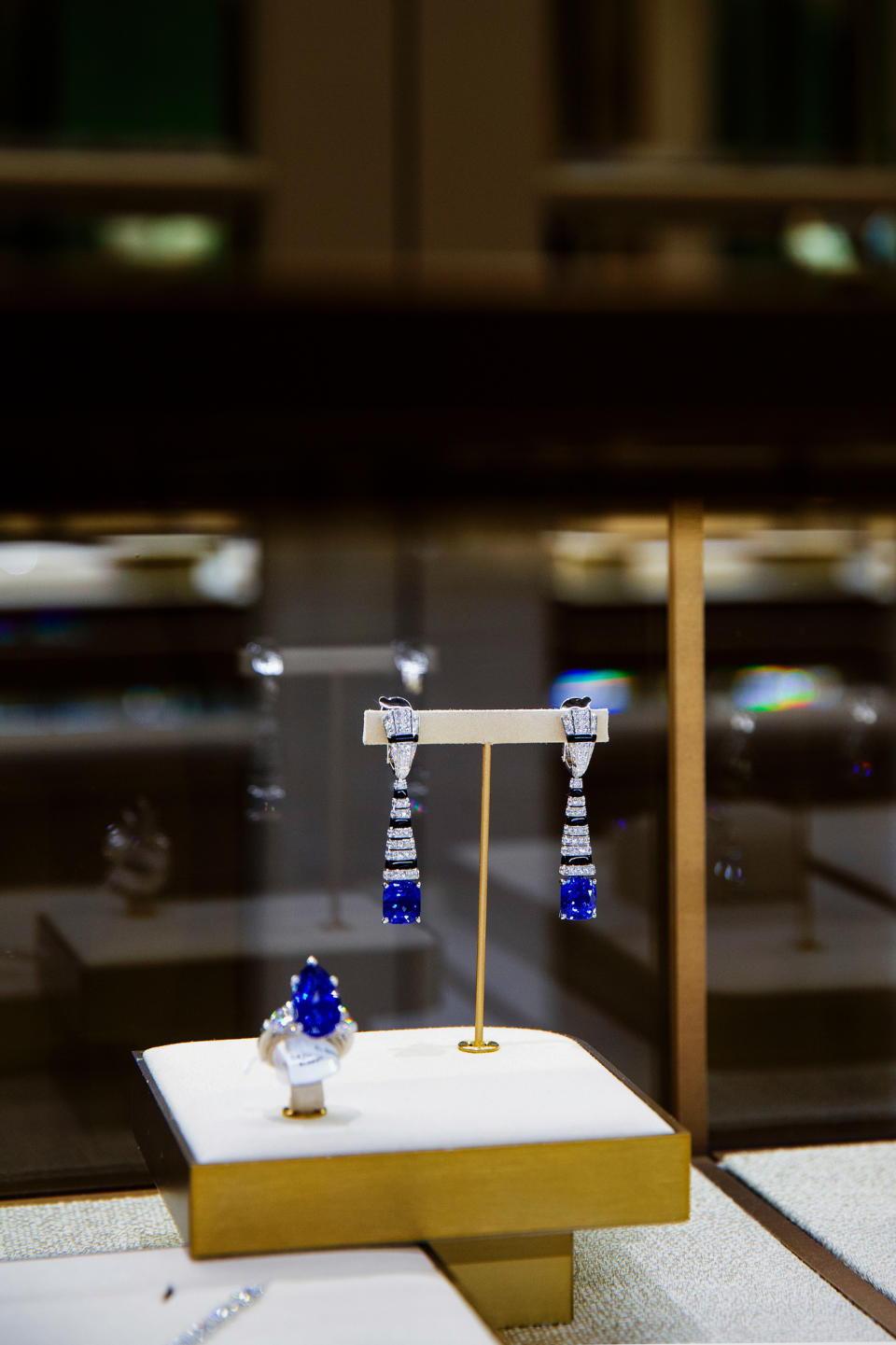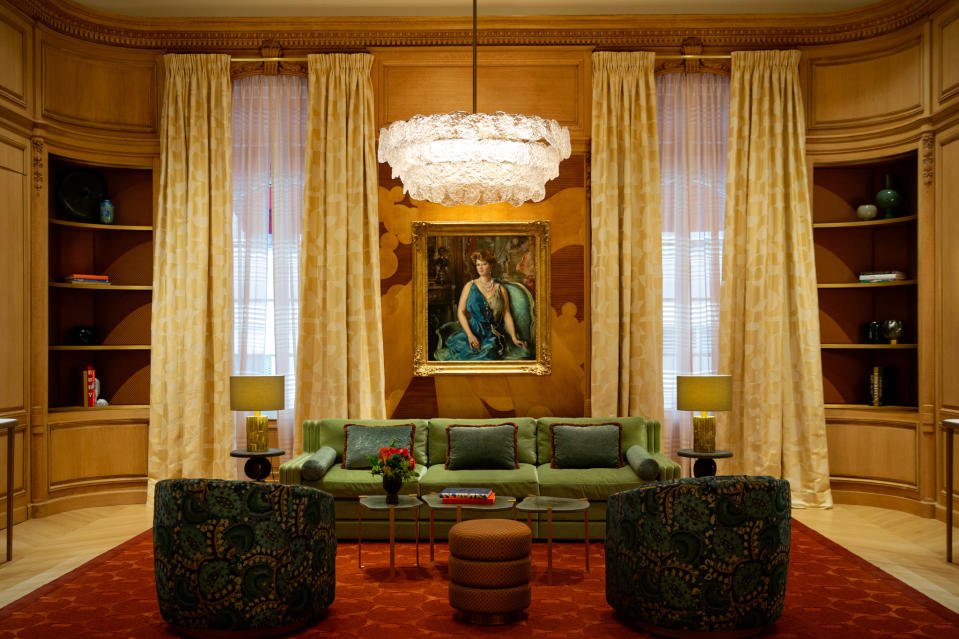Inside the Renovation of Cartier’s Fifth Avenue Mansion

Luxury brands are rethinking the role of the modern boutique, and legacy timepiece and jewelry maker Cartier is no exception.
The brand has renovated its legendary Fifth Avenue boutique — the 28,772-square-foot, Neo-Renaissance landmarked building that has been Cartier’s home in Manhattan for more than a century — to serve both a modern client and reaffirm the location as a place in New York City’s history.
More from WWD
“The project was certainly about modernizing it from a visual and technological perspective, but it was also about challenging traditional notions of the retail space and creating an environment that’s both welcoming and luxurious, both practical and inspiring,” explains Mercedes Abramo, president and chief executive officer of Cartier North America.
It, of course, serves as a sales floor, but the CEO pointed out the motivation was to “firmly position the mansion as a cultural destination — more than just a transactional space — in the greater New York City landscape” and the balance of heritage and innovation is seen throughout the boutique.

The client’s journey begins on the ground floor, where windows were opened up to “bring more of the city’s energy into the space,” Abramo says, a first step in deepening the dialogue between the mansion and Manhattan. Previously, the entry floor housed core collections — Love, Ecru, Juste un Clou and others. Now it holds a wider breadth of the French brand’s assortments, including small leather goods, handbags, fragrance, eyewear and jewelry and watches.
Interior designer Laura Gonzalez linked the space to the organic parts of the city — its parks — by introducing lush green hues into the space, seen in the furnishings throughout and the carpeting that ascends the grand staircase. “I simply think that green represents vegetation, nature,” she explains. “Fifth Avenue is very close to Central Park, and I needed to include all these elements in the project to create an oasis, a peaceful beacon in between classicism and the building’s history.”
The second floor, known as the Grace Kelly Salon, houses the hidden world of high jewelry. Kelly is still a presence — the seal of Monaco can be seen on the walls, and pictures of her can be found in viewing salons — but the space has been updated through Gonzalez’s lens. “We wanted to pay tribute to Grace Kelly’s beauty and femininity but also to take it elsewhere, express the French Riviera, the sea, this art de vivre we can find in the South of France,” she explains of the subtle sea life details.
Emblematic of the brand, the Panther is seen in various salons throughout the mansion — on the second floor, it’s found in a striking piece in stone marquetry by artist Hervé Obligi.

The third floor is dedicated to love, “in its many permutations,” Abramo says, with the addition of the Engagement Salon and Wedding Bar. The third-floor landing provides several avenues for personalization and customization by way of innovation. The Set For You landing houses an interactive counter with educational content on Cartier’s diamond standards, plus a means for clients to experience the diamond selection process.
”I see it as a way of using technology for good,” Abramo says. “It establishes a very intimate way for clients to select their perfect stone and setting in a very high-tech format.”
Bold artworks throughout the space underscore the boutique’s continued conversation with the city and its history. For example, guests entering on 52nd Street are greeted with a striking large-scale ceramic wall sculpture in a white matte finish with golden touches by New York artist Peter Lane, inspired by the now legendary story of how Cartier came to own the landmark.

In 1912, Pierre Cartier — the grandson of Cartier’s founder — started searching for a flagship location in New York City. He searched for five years for a location that was on par with the brand’s Paris flagship on rue de la Paix. Legend has it that when the mansion became available, Pierre Cartier knew he had found the ideal place. In 1917, he proposed a trade with its owner, businessman Morton F. Plant. In exchange for the mansion, Pierre traded $100 and a Cartier necklace.
Today, the mansion’s fourth floor is dedicated to hospitality and service, with a space that includes a coffee area and bar, salons for care consultations, and hidden-away spaces for in-store events.
While the masion preferred to quietly debut, forgoing any large events, there are exclusive creations that mark the remodeling: a Tank Asymétrique; a Juste un Clou — the signature design by New York City-based Aldo Cipullo — and four stationery designs.
“Our treatment of the mansion is very similar to our overall approach as a maison — it’s a balance of remaining true to our heritage while embracing innovation,” Abramo says.

